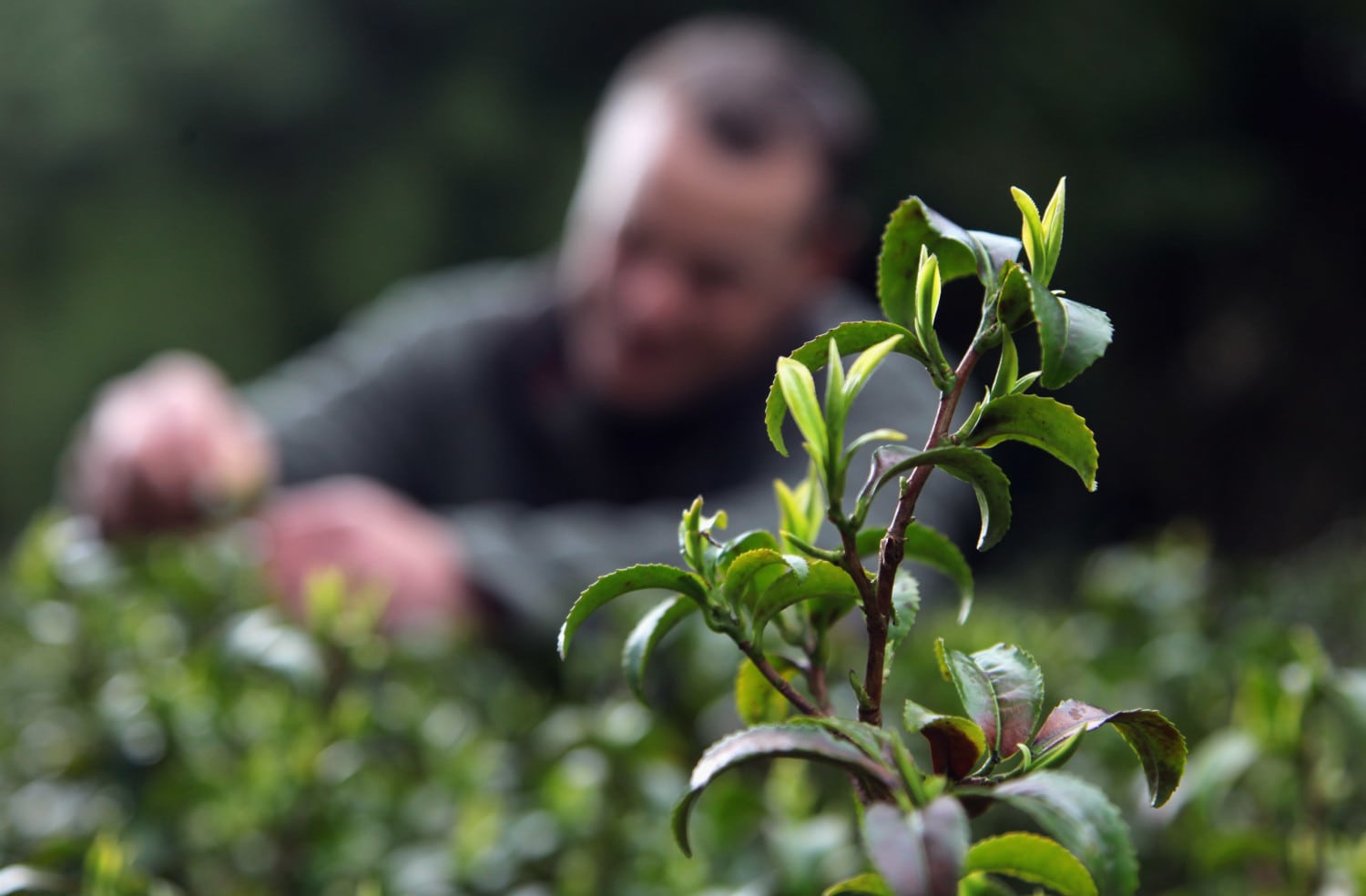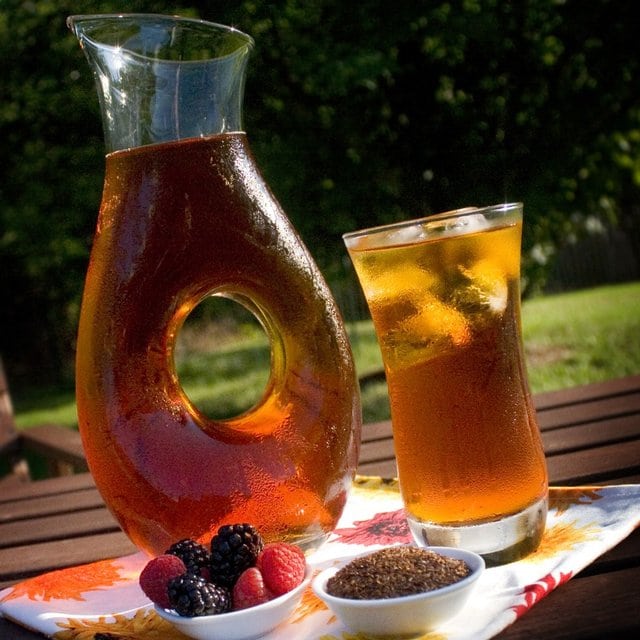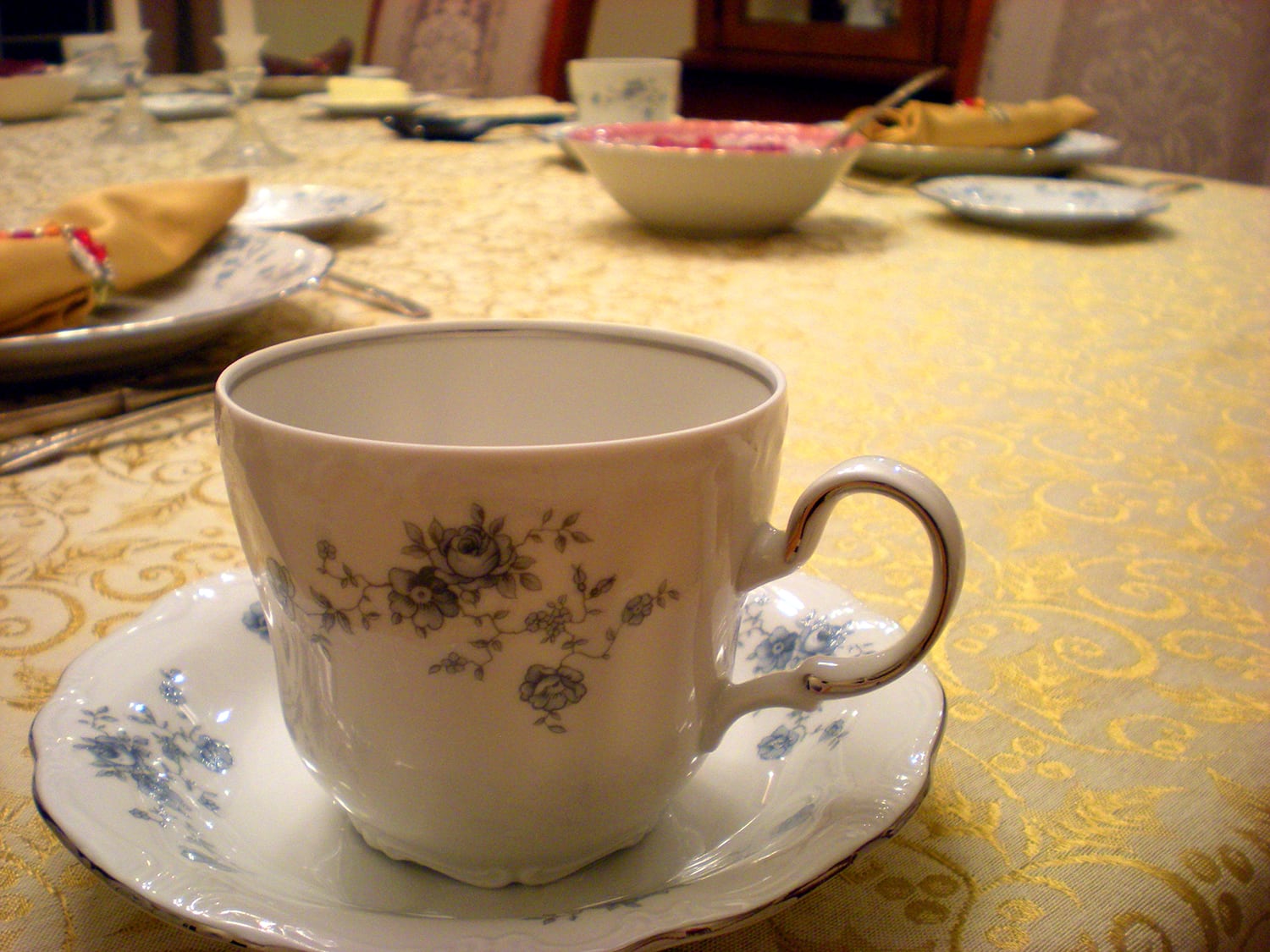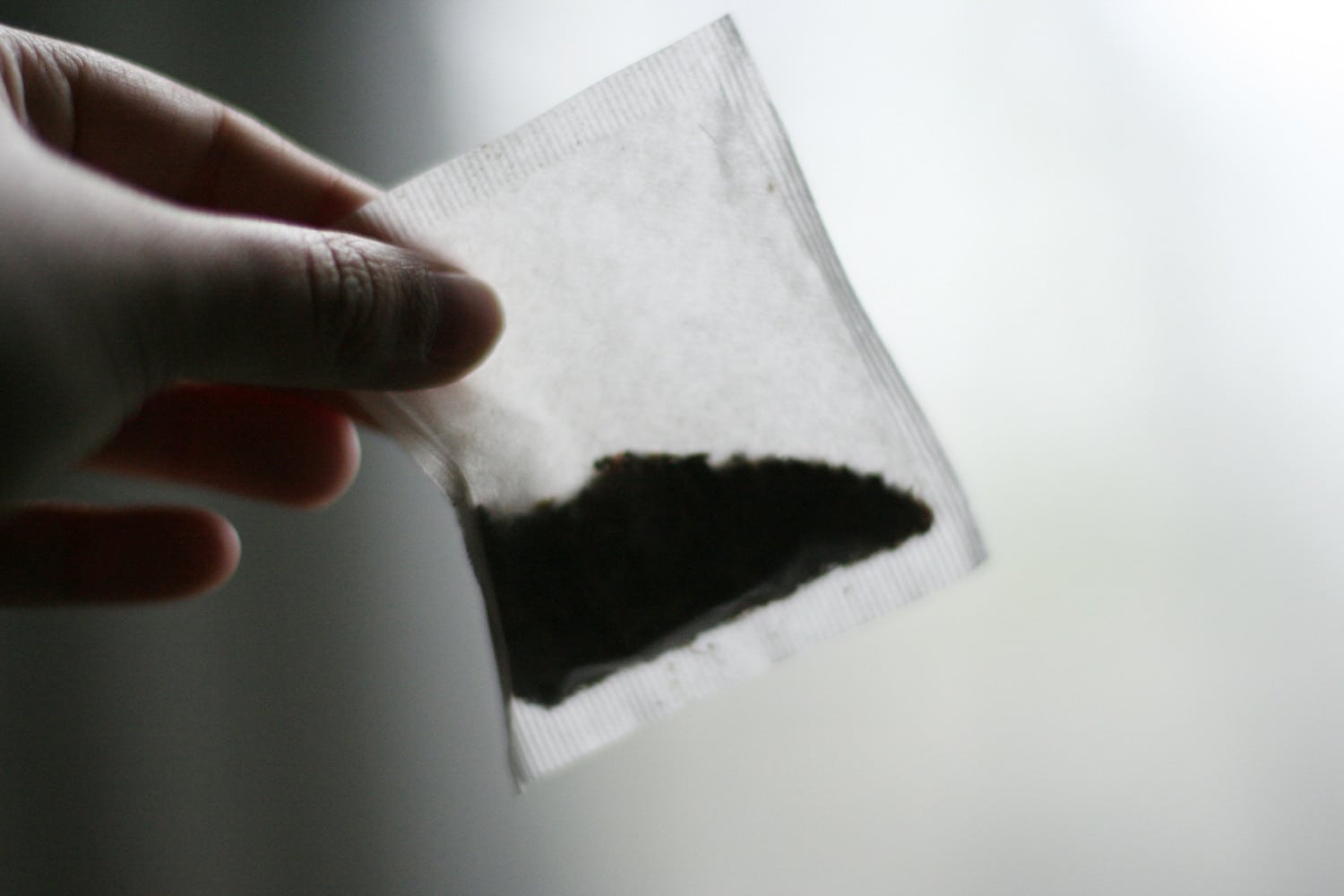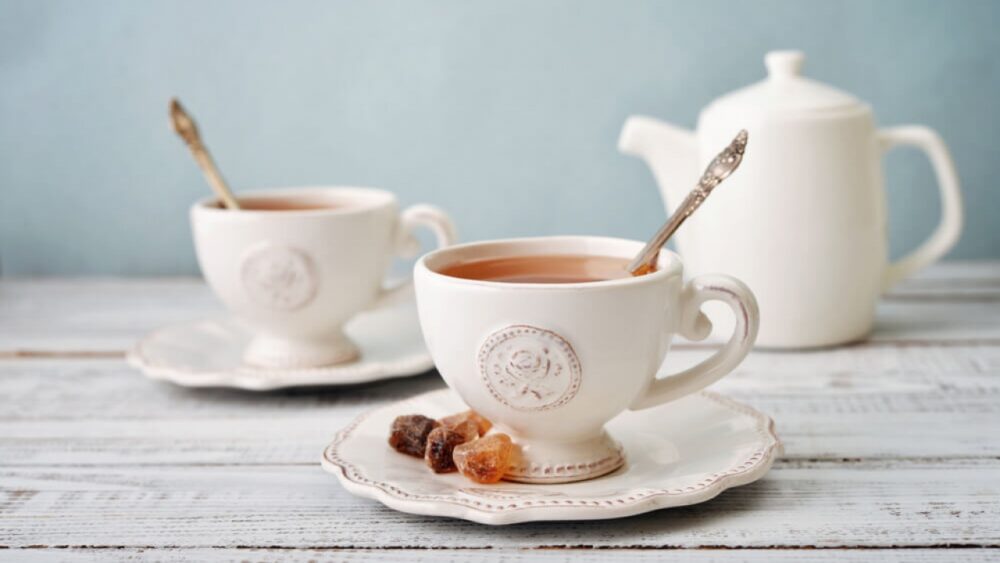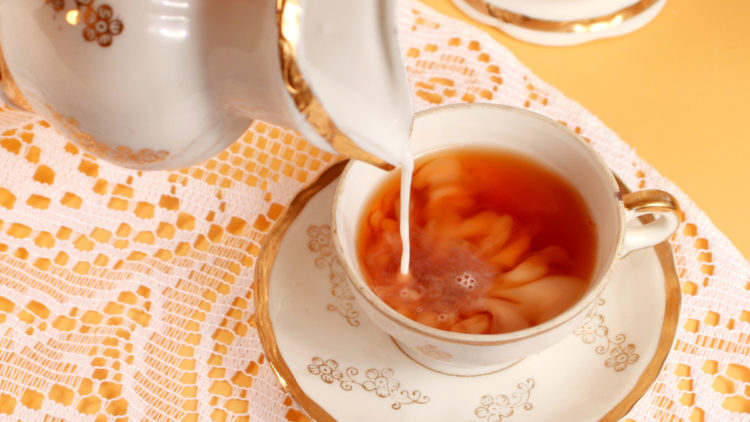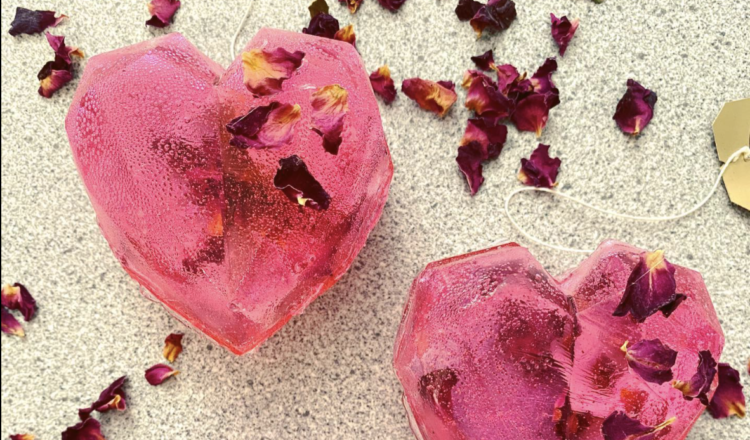5 Tea Facts You May Not Know

“Afternoon tea” may bring to mind Queen Elizabeth or a longing to re-watch all of “Downton Abbey.” But as much of a British thing as we might think tea is, did you know iced tea is actually quite American? Or that next to water, tea is the most widely consumed beverage in the entire world?
You might think you know everything there is to know about this healthy beverage, but there are plenty of facts that may come as a surprise. Here are five interesting facts you may not know about the world’s second favorite beverage!
1. All tea comes from the same plant.
A single plant called Camellia sinensis is responsible for all of the tea grown for commerce around the world, according to Tea Master Alex White of the brand Pure Leaf.
For black and green tea, the difference lies only in the oxidation of the leaf: green tea production stops the oxidation process to keep the leaves green. Additionally, some of the natural benefits from black tea can be eliminated, leading to different health benefits between the two teas.
2. Teas taste differently depending on where they were grown.
The flavors and aromas of tea change depending on the environmental characteristics of where the leaves were grown. For example, the low-altitude Assam region in India produces a black tea with a thick, bold flavor, White explained. However, in Indonesia, consistent temperatures and humidity make Java a perfect location to grow tea plants used for green tea.

3. Iced tea is quintessentially American.
The website What’s Cooking America claims that iced tea has been served in the United States as far back as the early 1800s, although it was often called “punch” (similar to what Southerners might now call sweet tea).
It is said that iced tea was widely popularized at the 1904 World’s Fair in St. Louis. Fairgoers were reportedly looking for something refreshing, not hot, to drink and so merchant Richard Blechynden dumped ice in the tea he was trying to sell. And that was that!
Today, most of the world still drinks their tea hot. However, almost 80 percent of tea consumed in the U.S. is iced. According to the Tea Association of the U.S.A., around 86 percent of all tea consumed here in 2017 was black tea, 13 percent was green and the remaining amount was oolong, white and dark tea.
America has another claim to fame when it comes to tea: Tea bags were invented here about four years after the World’s Fair by New York merchant Thomas Sullivan.
4. There are more than 3,000 varieties of tea.
There are more than 3,000 varieties of tea in the world, according to Tea Source. These thousands of varieties can be divided into six basic categories: black, dark, oolong, yellow (which is rare), green and white. So while you may simply order a “green” tea or say you’re drinking “black” tea, it’s not quite as simple as that!
5. You can do more with tea than just drink it.
While we all know tea can be good for your health, your used tea bags also offer some other benefits. From reducing puffy eyes to eliminating odors inside the fridge, you might want to think twice before throwing your next tea bag in the trash!
Do you know any other interesting facts about tea?


